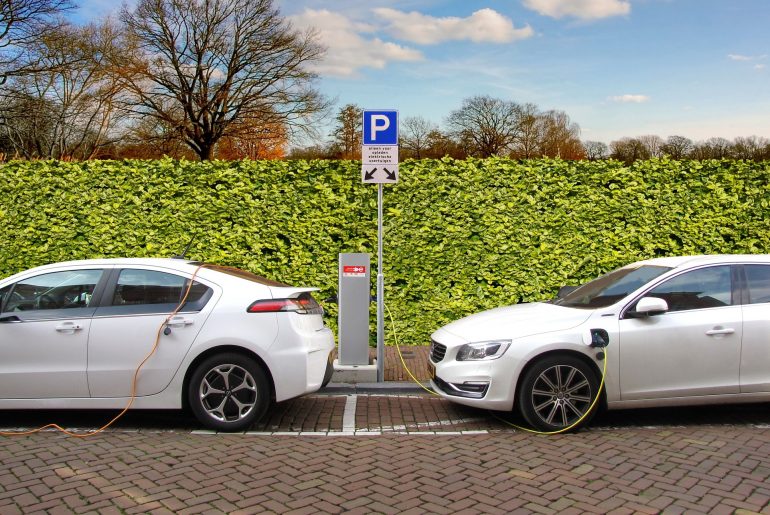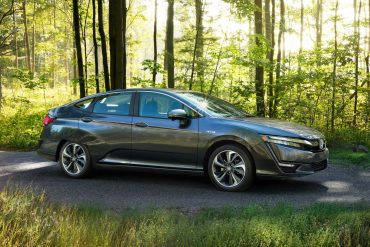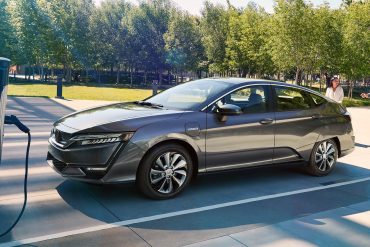The search for a greener alternative to regular car fuel doesn’t stop. It is a continuous process that aims to provide a product that cars can use without having to worry about their emissions.
Apart from lowering the harmful emissions, business companies who utilize vehicles benefit from green fuel by lowering their taxes. Electricity is a popular greener alternative but apart from this, did you know there’s more?
Here are other greener alternatives to regular car fuel that may or may not be available in the country today:
Electricity
We can see the rise of electric vehicles although there is still a far way for them to go to consider them truly mainstream. You can certainly charge your car at home but that may not last until you reach your destination or for you to go back home.
Typically, a full charge can get you up to a hundred miles. Short trips like commutes to the office and back home is suitable but not for longer trips.
It’s good that the network of charging stations is growing. There are now some service stations and car parks that enable vehicles to charge.
Additionally, there are hybrid cars which can be powered by electricity and conventional fossil fuel.
Hydrogen
Hydrogen, unlike fossil fuel, is abundant on earth and the universe. It’s safe to assume that we wouldn’t run out of it any time soon.
Hydrogen-powered cars like the Hyundai ix35 is equipped with a fuel cell that produces energy when hydrogen passes through it. Toyota is also using this kind of technology with its Mirai.
This is a greener alternative because the bi-product produced is water. Also, the time it takes to refuel a vehicle is similar to the time it takes for you to refuel a conventional car with diesel.
For now, the viable fueling network for hydrogen fuel isn’t established. It’s a promising technology and it could be the next big thing.
Biodiesel
Vegetable oils and fats are converted into renewable biodiesel through a chemical process. The biodiesel can be used as a substitute for regular diesel or it can also be mixed with regular diesel in proportions.
Although there will still be carbon emissions from using this fuel, it’s still a greener alternative because it comes from the plants. The plants needed are grown and while they are growing, they are absorbing carbon emissions too.
Compressed Natural Gas
This greener alternative is a low-carbon fuel. This burns cleaner than the regular car fuel and there is also an abundance of natural gas in the world.
If you want to run on natural gas power, your car needs to have a compressor and pressurized tank for it. It can be costly. Due to the price, not many are excited about it. Without the demand for it, businesses aren’t interested in investing in infrastructure to make compressed natural gas stations.
Ethanol
Cars can run on 100% pure ethanol or it can also be mixed with regular unleaded fuel. Many known fuel providers today mix their regular unleaded fuel with about 5%-10% of ethanol.
The bad news is ethanol can damage older cars because it acts as a solvent. It can also cause blockages but newer cars built in 2002 and beyond are not usually badly affected by it.
Propane
Propane is also known as liquefied petroleum gas or LPG. This is more widely used for cooking and heating but it can also power cars. To utilize LPG for your vehicle, you need to have an LPG tank.
The good news is that there is already a network of LPG filling stations because it’s used in cooking. Running on LPG is also cheaper than running on regular fuel. Plus, most vehicles that are converted to run on LPG can still run with regular fuel. This gives the owners more options.
Solar
Solar energy looks promising because it’s free but there are limitations. Solar panels that convert solar energy to electricity are very expensive. You would also need a battery to store the produced electricity.
Its use would also be limited to daytime use. Although it’s not the best for cars, many use this kind of energy today to power golf carts.
Steam
Let’s take a step back in time into the early 1900s where steam engines reigned. The problem with this is the sheer weight of the broiler. Although we’re at a technological age, modern steam-powered vehicles still faced the same problem, which is the very excessive weight of the vehicle.











